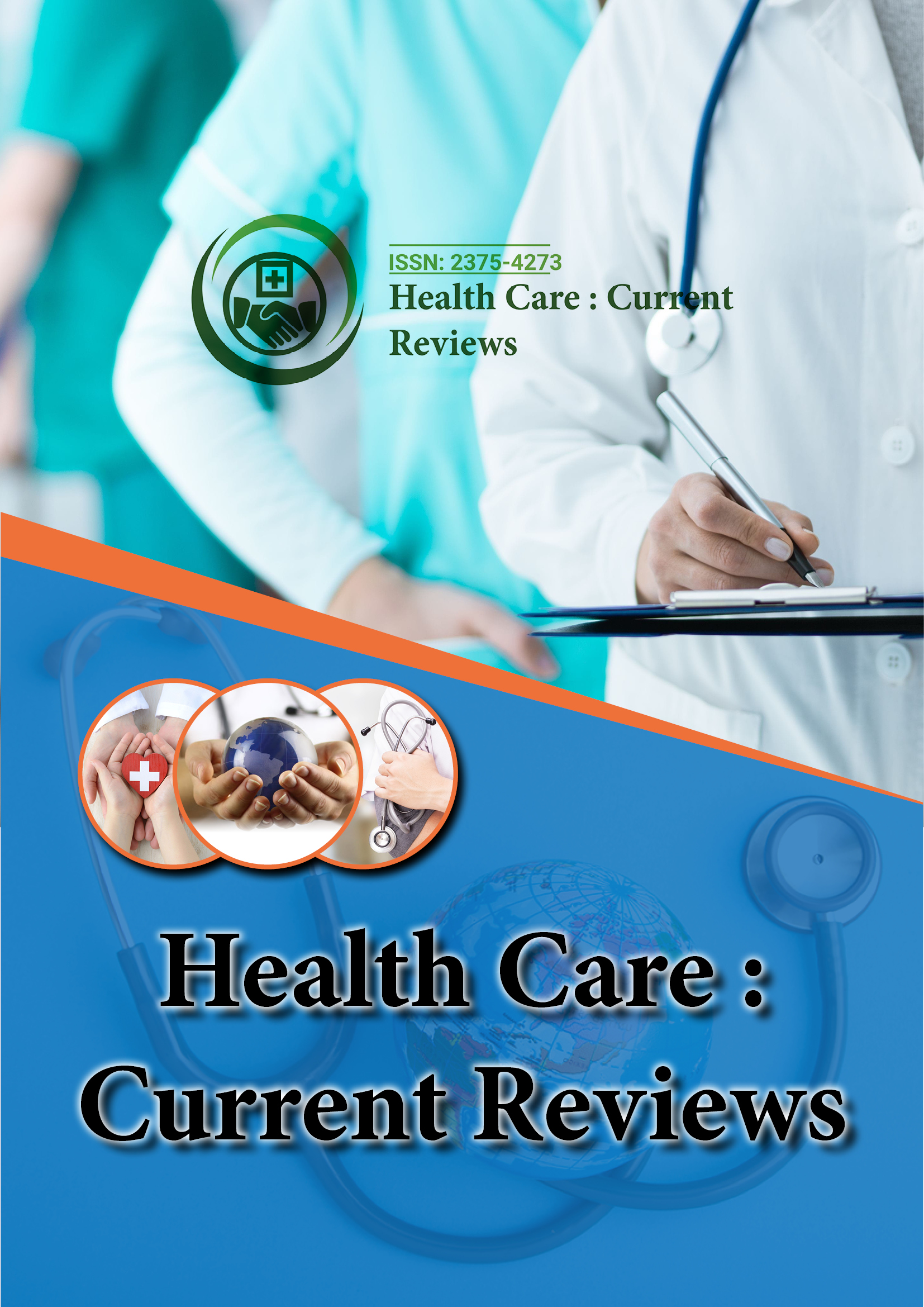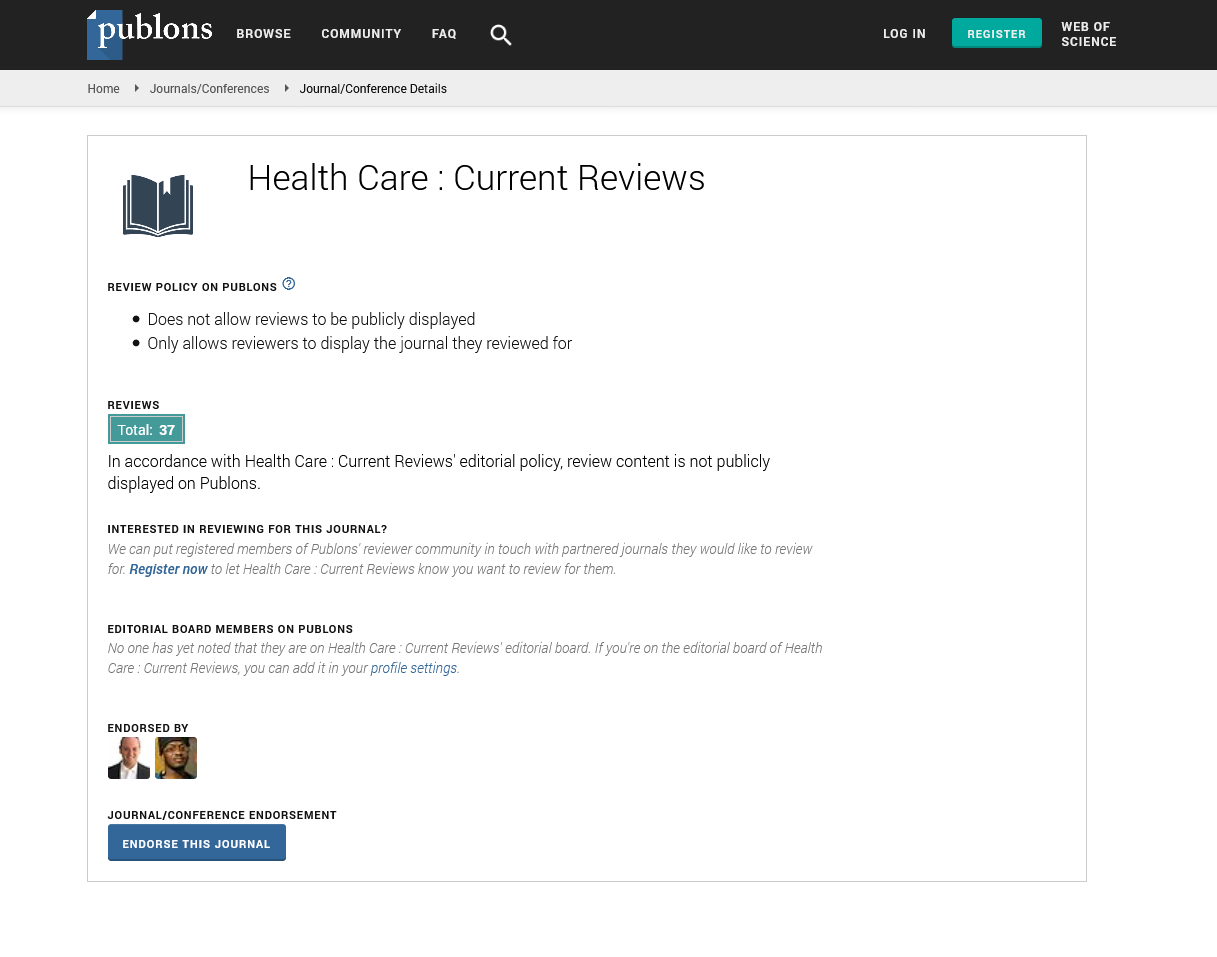Indexed In
- Open J Gate
- Academic Keys
- RefSeek
- Hamdard University
- EBSCO A-Z
- Publons
- Geneva Foundation for Medical Education and Research
- Google Scholar
Useful Links
Share This Page
Journal Flyer

Open Access Journals
- Agri and Aquaculture
- Biochemistry
- Bioinformatics & Systems Biology
- Business & Management
- Chemistry
- Clinical Sciences
- Engineering
- Food & Nutrition
- General Science
- Genetics & Molecular Biology
- Immunology & Microbiology
- Medical Sciences
- Neuroscience & Psychology
- Nursing & Health Care
- Pharmaceutical Sciences
Rapid healing of mouse diabetic wounds with high-plasticity stem cells derived from human adult blood
Joint Event 20th World Congress on Infection Prevention and Control 14th International Conference on Advances in Skin, Wound Care and Tissue Science
November 28-29, 2024 Paris, France
Bowen Liu*1, Shaowei Li1, Eric Liu1, Jessica Huang1, Xi Chen2, Jingxue Xin2, Ryan Chan1, Wing Hung Wong2 and Min Hu1
1APstem Therapeutics, Inc., USA 2Stanford University, Stanford, USA
Scientific Tracks Abstracts: Health Care Curr Re
Abstract:
Non-healing wounds are a common complication of diabetes mellitus causing long-term suffering and amputations, also representing a growing economic burden for both individuals and society as the diabetes prevalence increases. The multifactorial etiology of non-healing wounds involving peripheral vascular diseases, neuropathy, and inflammation causes limited success of current wound treatments. Stem cells are an attractive choice for wound healing due to their differentiation capacity and secretion of trophic factors and extracellular matrix components necessary for wound healing. However, low differentiation capability or difficulty to expand in vitro to meet clinical demand have hurdled stem cell therapy in wound treatment. Searching for an effective stem cell therapy of non-healing wounds, we have developed a new source of adult stem cells that have high plasticity indicated by their capability to differentiate across germ layers, adapt to the local tissue environment, and promote skin tissue regeneration. These human adult high-plasticity stem cells (AHPSCs) are derived from cellular communication between blood-derived cells and human umbilical cord mesenchymal stromal cells (UC-MSCs) and demonstrated unique transcriptomic profile. AHPSCs demonstrate high plasticity; differentiation across germ layers in vitro and in vivo, strong capabilities of angiogenesis, and high immune compatibility. Topical application of human AHPSCs mixed with a hydrogel in a diabetic wound model (db/db mouse) led to accelerated healing rate two times faster than that in control groups, reduced inflammation, and less scar formation. Histological analysis revealed full dermal regeneration of AHPSC-healed skin. Human cells identified by a specific marker KU80 were detected in the reconstituted area, indicating capability of AHPSCs to adapt to and engraft in the local skin environment. In addition, human AHPSCs demonstrate high safety profile (non-tumorigenicity). Therefore, human AHPSCs offer a promising approach to cure non-healing wounds and to promote skin regeneration.
Biography :
Bowen Liu is Co-Founder and COO of APstem Therapeutics. She and the other founding team used to work at Stanford University where ten years’ research led to this breakthrough platform of Adult High-Plasticity Stem Cells (AHPSCs™). APstem scientists have demonstrated the uniqueness of AHPSCs via large-scale genomic analysis as well as their superior efficacy and safety profile in several disease models. Specifically, the team has proved that human AHPSCs applied topically to the diabetic wounds led to accelerated healing, angiogenesis, and skin tissue regeneration. This new type of stem cells paves a way to cure diabetic wounds.

